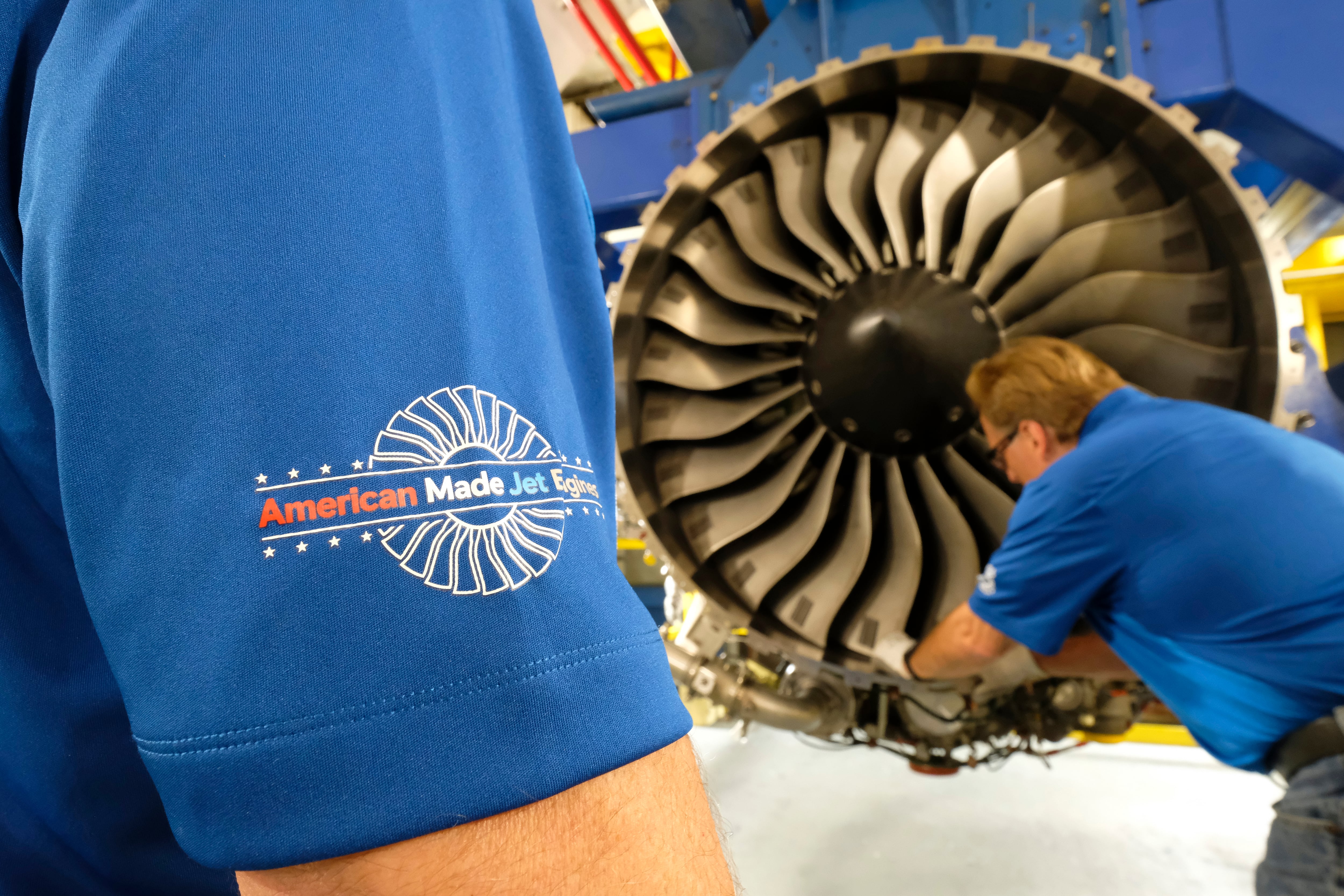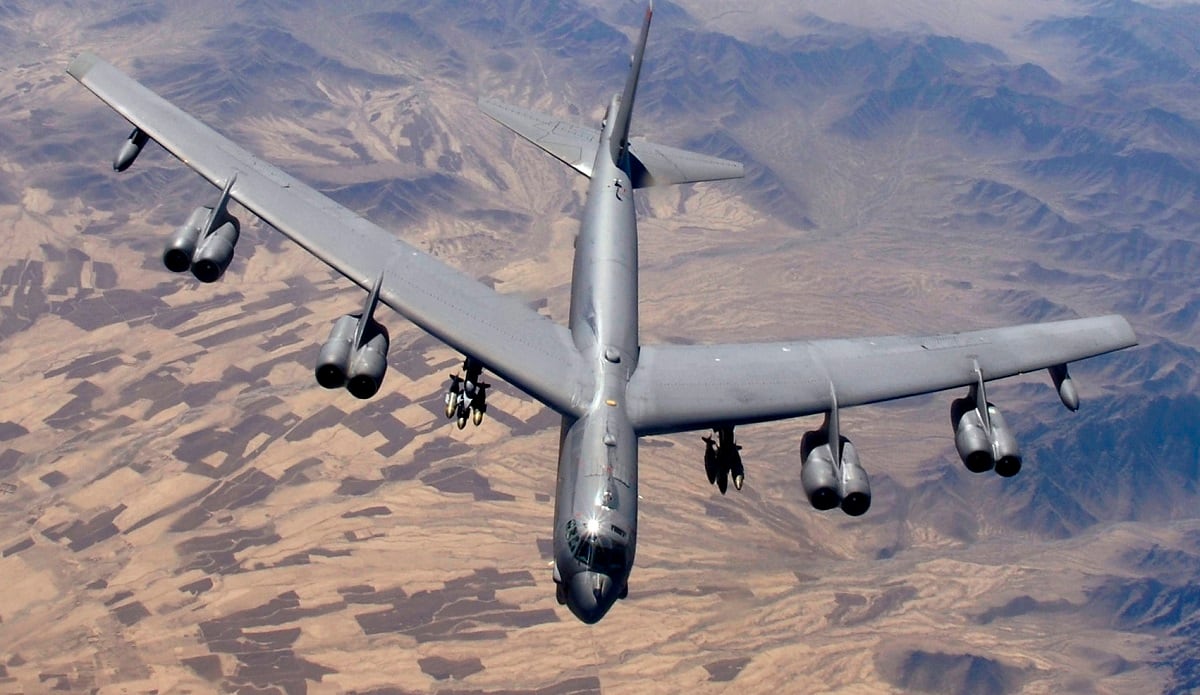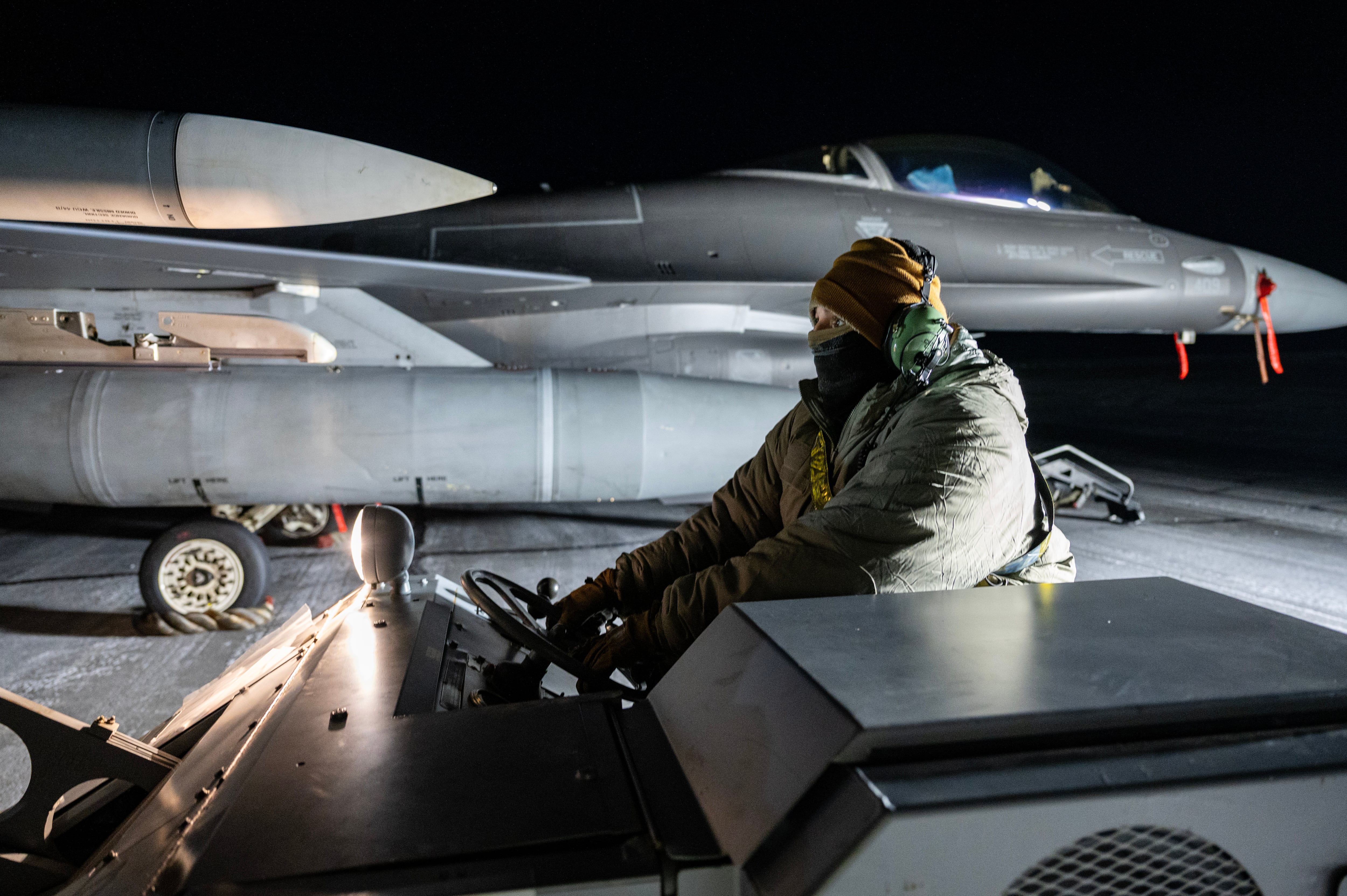ORLANDO, Fla. — The iconic B-52 Stratofortress bomber has been a mainstay of the U.S. Air Force’s fleet since it was first introduced during the height of the Cold War.
But with the average B-52 now 60 years old and increasingly showing its age, the bomber is getting a fresh lease on life — in the form of a new slate of F130 engines from Rolls-Royce North America.
In a briefing with reporters March 4, officials from Rolls-Royce and Boeing detailed how modern digital design techniques are helping craft the B-52′s new engines and related systems.
The Air Force announced in September that Rolls-Royce had received the $2.6 billion Commercial Engine Replacement Program contract to keep the B-52 flying into the 2050s — roughly 100 years after the first B-52 was flown. The aircraft’s current Pratt & Whitney-made TF33 engines, which also date back to the early 1960s, are expected to reach the end of their life spans by the end of this decade.
This is the bomber’s “pacing concern,” Robert Gass, Boeing’s strategic development and investment manager, told reporters at the Air Force Association’s Air Warfare Symposium in Orlando, Florida.
“Pratt made a great engine that has served the B-52 very well, but it is approaching the end of its life,” Gass said. “We have to act now in order to keep that B-52 viable.”
The Air Force said in September that Boeing, which originally built the B-52, will be in charge of integrating the new Rolls-Royce engines into the bomber. The first group of modified B-52s are expected to be delivered by the end of 2028.
And digital design techniques — similar to methods that helped accelerate the creation of other recent aircraft, like Boeing’s T-7A Red Hawk trainer — are helping streamline the process for upgrading the B-52. Gass said the digital design effort is focusing on the bomber’s power pods — its four nacelles that each hold a pair of engines.

The process began by creating a digital map of the B-52′s systems and how they function. Once that was in hand, Gass said, designers created 3D models of the aircraft’s engines and other components. This allowed engineers to more easily visualize what they were designing, how the pieces would fit together, and how the components they were working on would connect and affect other parts undergoing designs by other teams.
The process is still in the early stages, Gass noted, but there are anecdotal reports that this method allowed designers to catch problems, such as parts that were conflicting with one another, earlier in the process.
Candice Bineyard, director of defense programs at Rolls-Royce, said the two companies have been “trading” digital models with one another. This helped engineers spot “minor tweaks” that needed to be made to ensure engines would fit precisely inside the B-52 nacelles, she said, or find the best spot where newly added components should go.
“That’s really what you want in this phase, is to figure it out sooner rather than later, before you go to full-rate production,” Bineyard said. “So we’re seeing those benefits already.”
In the fourth quarter of this year, she said, Rolls-Royce will start testing its engine prototypes at NASA’s Stennis Space Center in Mississippi, to see how they will operate in the B-52 nacelle. The engineering and manufacturing development phase is expected to last into 2026, she added.
She noted the new engine will be able to receive maintenance work on the aircraft without the need for removal for major repairs. And the digital modeling will make it easier to produce clear and precise manuals for the maintainers in charge of keeping the engines running, she added.
The re-engining will do more than just keep the B-52 in the air, according to Gass. It will give the plane more range, endurance and flexibility in how the Air Force can use the B-52, and it will reduce fuel and maintenance costs.
As the B-52′s engines receive upgrades, Gass said, so will its related subsystems, including power generation and pneumatics. The B-52 will also receive new cockpit displays and digital engine controls, new struts and structures for the engine pods, and a new aircraft health maintenance system to help the Air Force sustain it for the next three decades.
Gass said the modernization will set the table for additional upgrades in the future to help keep the bomber running into the 2050s.
The F130 is a “proven” engine with more than 29 million flight hours, Bineyard said, and already powers the Air Force’s C-37 and E-11 aircraft. And as the B-52 closes in on the century mark, it is likely these new engines will be the last the venerable bomber will have before its eventual retirement.
“This engine will stay on [the B-52′s] wing for the life of this aircraft ... well into the 2050s,” Bineyard said.
Stephen Losey is the air warfare reporter for Defense News. He previously covered leadership and personnel issues at Air Force Times, and the Pentagon, special operations and air warfare at Military.com. He has traveled to the Middle East to cover U.S. Air Force operations.





